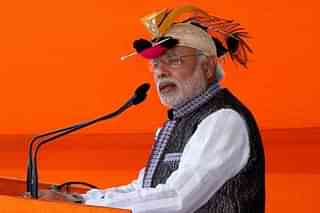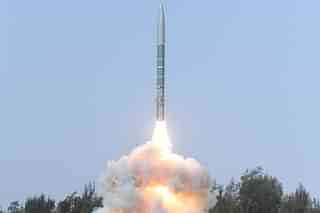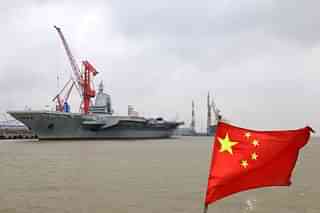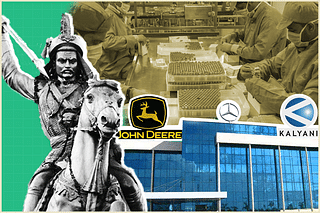From the archives
Big Questions On The Small Car
Swarajya Archives
Mar 03, 2017, 06:04 PM | Updated 06:04 PM IST
Save & read from anywhere!
Bookmark stories for easy access on any device or the Swarajya app.
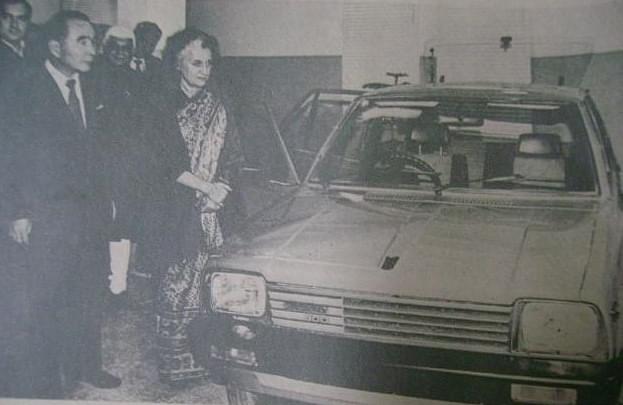
The Government has been hesitating for a long time over the small car project. Questions are raised about the need for it, the price of the car, who is to undertake it, the market for the car, and the follow-up measures that must be taken by the Government.
Many economists argue that production of a small car will not help to solve our burning economic problems. The same attention and resources can be diverted to break some of our seemingly insuperable economic obstacles. It is relevant to quote the view of Thomas Balogh, expressed in The Economics of Poverty:
Much time has been consumed in taking a decision on this project. This has caused waste of energy and money. Our Government is notorious for taking a long time to give permission to start industries. Last year a Japanese delegation remarked, "In Malaysia it takes two years to start a factory—in India it takes two years to get permission to start a factory."
Mr J. R. D. Tata has pointed out the cost of delayed decision:
In the case of the small car project the loss is of course less dramatic. Still, the longer the delay the bigger will be the capital cost and the higher the price of the car.
An important question is the price of, the finished small car. The public have been thinking of a price between Rs 5,000 and Rs 6,000. That may have been realistic ten or fifteen years ago, but it is next to impossible now to produce a car within that price. The great rise in the general price level will inevitably make these cars costlier than that. Further, the Indian automobile industry is heavily taxed by the Central and State Governments. In February 1967, direct and indirect taxes and duties formed 42 to 47 per cent of the ex-factory prices of passenger cars and jeeps, 43 to 49 per cent in the case of commercial vehicles, and 36 to 38 per cent in the case of motor cycles and scooters. Since then these percentages have gone up somewhat. According to the Keskar Committee, taxes have become a definite disincentive to the healthy development of road transport. The taxes on motor vehicles have increased faster than any other taxes. In 1950-51 taxes on motor, vehicles formed 6.15 per cent of the total tax revenue. It increased to 8.55 per cent in 1959-60, and in 1965-66 to 13.33 per cent of the total tax revenue.
The Planning Commission has estimated that the country can absorb an output of 50,000 cars per annum. This estimate is not convincing. Such a demand could be maintained for a few years, but fairly soon cars would be surplus. A car is a costly item not only to purchase but to maintain and run.
The roads are not in a condition to take many more cars year after year. The road network has increased from 385,971 km in 1947, to 928,200 km in 1967. However, the total length of surfaced roads is only 290,000 km. This is about 8.86 km per 100 sq km of area, as against 47.7, 137.1, 141.8 in the USA, France and UK respectively. This limits the scope for the automobile in our country. The Government is very reluctant to spend more money on road building.
Before introducing the small car we should think about the problems of air pollution and road safety. In India, in 1965 there were a total of 72,057 road accidents, in which 8,392 persons were killed and 42,698 injured. The number of persons killed each year per hundred vehicles is one each in the UK, West Germany and the USA, but eight in India. Will the small car add fuel to this fire?
This article was authored by S Nakkiran and was published in the 10 October 1970 edition of Swarajya.
Save & read from anywhere!
Bookmark stories for easy access on any device or the Swarajya app.
Selections from Swarajya's 40,000 pages of archives since 1956.
Introducing ElectionsHQ + 50 Ground Reports Project
The 2024 elections might seem easy to guess, but there are some important questions that shouldn't be missed.
Do freebies still sway voters? Do people prioritise infrastructure when voting? How will Punjab vote?
The answers to these questions provide great insights into where we, as a country, are headed in the years to come.
Swarajya is starting a project with an aim to do 50 solid ground stories and a smart commentary service on WhatsApp, a one-of-a-kind. We'd love your support during this election season.
Click below to contribute.

